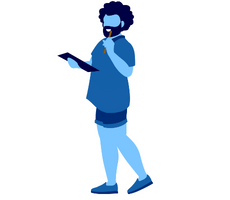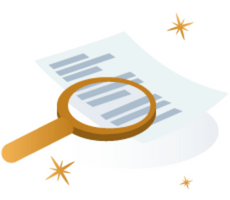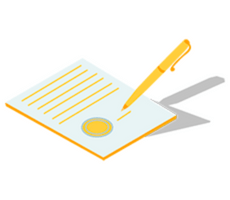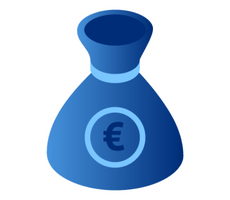
Moving home?
Sort out all your utilties!
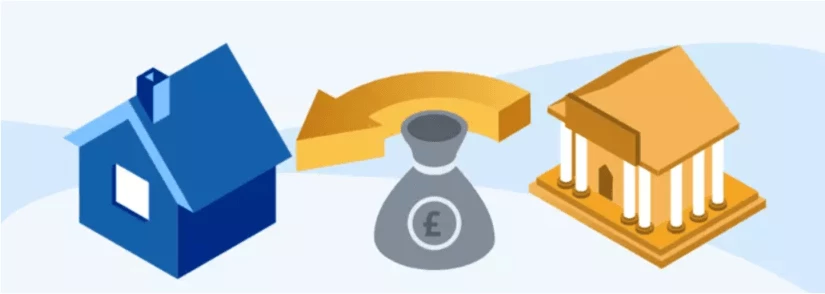
With inflation biting into people’s income, more and more are looking to the government to help them out with their living costs. With food, fuel, energy and other living costs reaching all time highs, it’s important that people are still able to pay for the essentials. In this guide, we’ll walk you through the Supplementary Welfare Allowance in Ireland so you know how you can qualify and how to apply!

Moving House? Set up All Your Utilities At Once!
Set up your energy, broadband and waste in one hassle-free call!

Need To Sort Out Your Utilities for Your Move?
We're currently closed but please leave us your number and we'll give you a free call as soon as we're open!
The Supplementary Welfare Allowance (SWA) is a weekly payment that’s given to individuals and families in Ireland who aren’t earning enough income to cover their living expenses such as your food, energy, broadband and even waste collection. Also, with rents being exacerbated by the housing crisis, tenants are finding it more difficult than ever to pay their rent.
The Supplementary Welfare Allowance can be accessed by filling out the Supplementary Welfare Allowance form and is used to cover you especially if you’re in a situation where your income is lower and you need help just to tie you over. You can even combine with other welfare payments such as the Housing Assistance Payment (HAP) and the Rent Supplement.
In order to get the Supplementary Welfare Allowance, you’ll usually need to either have no income for the basic Supplementary Welfare Allowance, or have an income that’s lower than the weekly rate.
You can usually apply for the Supplementary Welfare Allowance if you meet any of the following:
You generally won’t be able to apply for the Supplementary Welfare Allowance if you are:
You will also be able to apply for the Supplementary Welfare Allowance if you’ve either applied for your pension, other welfare benefits or you’re waiting for your first salary from a new job.
Just about to sign a lease agreement? Signing a lease agreement is a big move since it locks into a place for at least 6 months before you can move out. Make sure you have all the information available regarding lease agreements by having a look at our comprehensive guide. We’ve included a lease agreement template for you to download!
Check Out Our Lease Agreement Guide!

Moving House? Set up All Your Utilities At Once!
Set up your energy, broadband and waste in one hassle-free call!

Need To Sort Out Your Utilities for Your Move?
We're currently closed but please leave us your number and we'll give you a free call as soon as we're open!
The Supplementary Welfare Allowance is means-tested, meaning that when you apply for the Supplementary Welfare Allowance, your income and your situation will be assessed to determine whether you are eligible and how much you will receive in payments.
The Department of Social Protection will conduct the means-test on your financial situation on both your cash income and your current capital so that you receive the right amount for your Supplementary Welfare Allowance.
The amount you receive for the Supplementary Welfare Allowance depends on your age and your situation. For example, if you’re older and living alone, you will get a different rate to someone who has dependents. The Supplementary Welfare Allowance rates are paid weekly so you’ll need to collect it every seven days.
The Supplementary Welfare Allowance is calculated based on the age of the applicant and the number of dependents. The maximum payment for an individual who is 25 or older is €206 a week. If an individual has any dependents, this €206 base will increase by €138 for each adult dependent and 40-42€ for each child. If you’re under 25 and are living at home, you will receive €117.70.
Supplementary Welfare Allowance Example For example, say you are 34 years old and have three children and are applying for the Supplementary Welfare Allowance. You will qualify for the basic Supplementary Welfare Allowance and for the increase for child dependents:
Basic allowance: €206
2 children over 12: €42 x 2 children = €84
1 child under 12: €40
This means the total Supplementary Welfare Allowance you’ll receive is €330 a week or €1320 a month.
Here are the Supplementary Welfare Allowance rates in a bit more detail:
| Situation | Basic Rate | Adult Dependents | Children (over 12) Dependents | Children (under 12) Dependents |
|---|---|---|---|---|
| Adults over 25 | €206 | +€138 each | +€42 each | +€40 each |
| Adults under 24 living independently | €206 | +€138 each | +€42 each | +€40 each |
| Adults under 24 not living independently | €117.70 | +€117.70 each | - | - |
Last updated: 16/08/2022
Source: Citizens Information
For adults under 24 who are living independently or have children dependents, they qualify automatically for the full basic rate of €206. You will also qualify if you are on any other state housing support programmes.

Moving House? Set up All Your Utilities At Once!
Set up your energy, broadband and waste in one hassle-free call!

Need To Sort Out Your Utilities for Your Move?
We're currently closed but please leave us your number and we'll give you a free call as soon as we're open!
In order to apply for the Supplementary Welfare Allowance, you’ll need to fill in the Supplementary Welfare Allowance Form, also known as the SWA 1 form. You can download the SWA 1 form from the Irish government website or you can apply for a Community Welfare Services portal.
Once you have the SWA 1 form printed, you’ll need to fill it in with your information in order to get the Supplementary Welfare Allowance. You’ll need to fill it in with black ink and in the block letters so it’s clear to scan.
Before you start, make you have all the information with you:
There are five parts to the SWA 1 that you need to complete. Each part will require you to fill in the details about your finances and also the profile of your dependents involved in the Supplementary Welfare Allowance.
After completing the form, you can then send it back to your local Intreo Centre or any office that handles the Supplementary Welfare Allowance.
The services and products mentioned on this website may only represent a small selection of the options available to you. Selectra encourages you to carry out your own research and seek advice if necessary before making any decisions. We may receive commission from selected partner providers on sales of some products and/or services mentioned within this website. Our website is free to use, and the commission we receive does not affect our opinion or the information we provide.
Moving Home in 2026?
